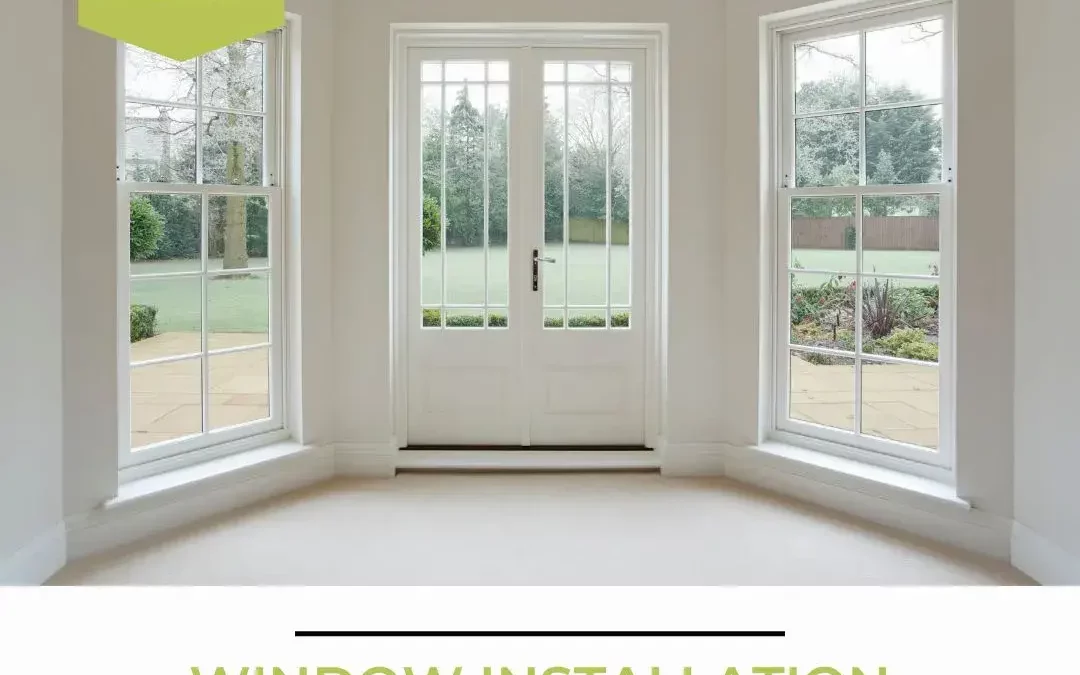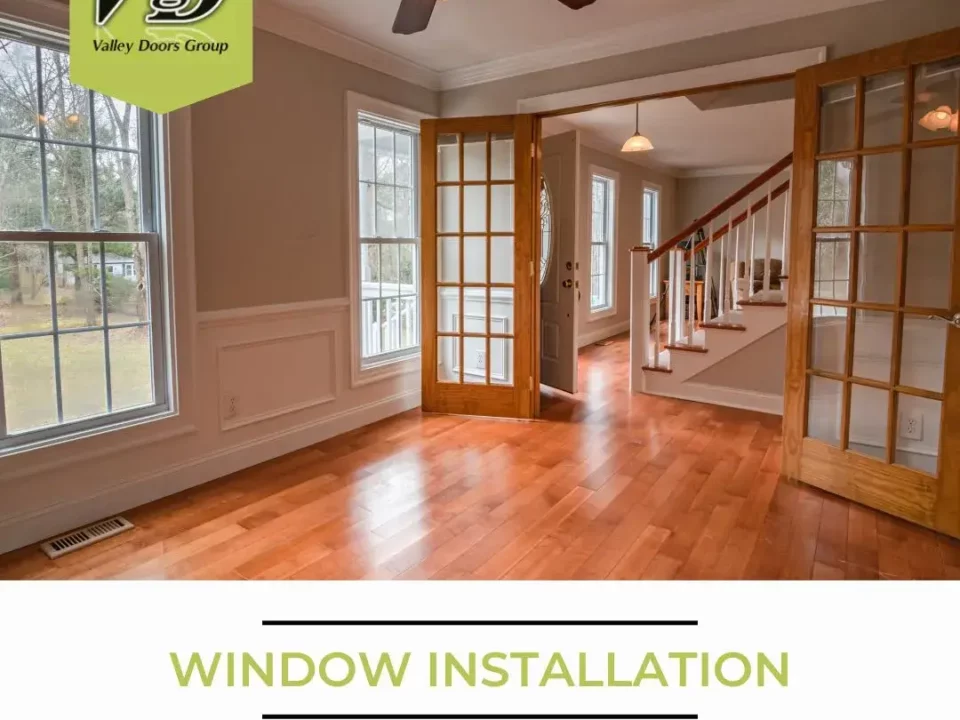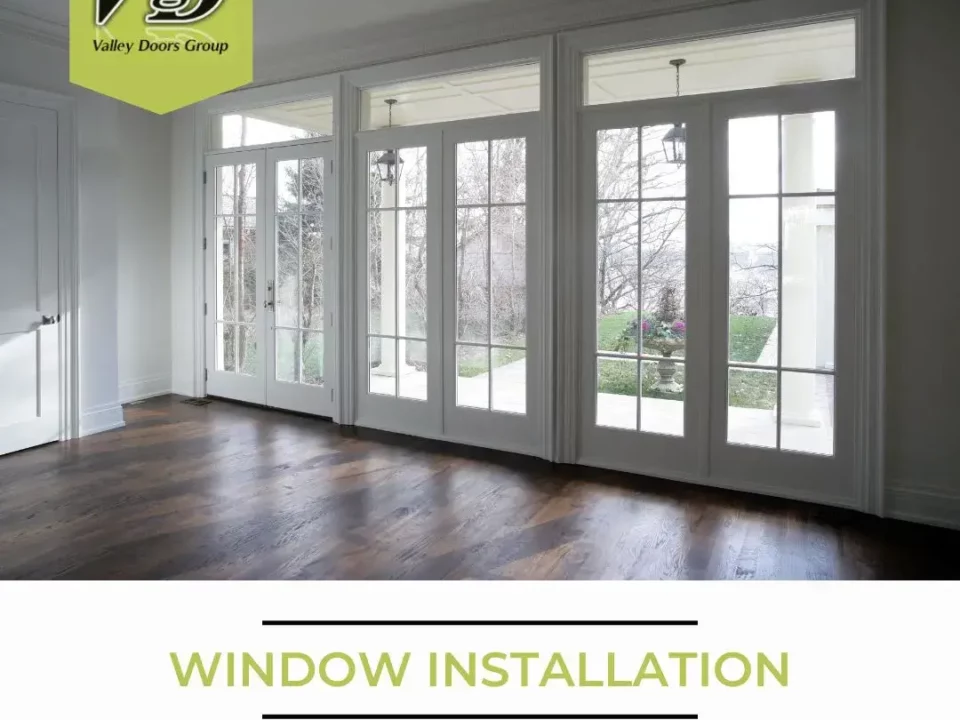Window Installation Trends in Woodland Hills, California Homes

Why Quality Window Installation Matters in Woodland Hills, California
October 21, 2025
Common Window Installation Issues in Woodland Hills, California Homes
October 21, 2025Walk down a Woodland Hills street on a sunny afternoon and you’ll notice a quiet evolution in our homes: bigger views, slimmer frames, and glass that seems to welcome light without letting heat take over. The Valley has always prized indoor-outdoor living, and the latest wave of window installation trends reflects that lifestyle—prioritizing openness, comfort, and performance that holds up to our bright, warm climate. From sleek black frames to advanced low-E coatings and acoustic upgrades, homeowners are rethinking windows as an architectural feature and a comfort engine rolled into one.
These trends aren’t just fads; they’re responses to how we live here. Long summer days, the occasional gusty evening, and a desire to connect rooms to patios and views are shaping window choices at both the aesthetic and technical levels. Whether you’re updating a mid-century ranch near the boulevard or a hillside contemporary that looks over the Valley, the themes are consistent: more light, smarter energy control, and details that stand the test of time.
Frameless Feel, Strong Lines: The Modern Look
One of the most visible shifts is toward clean, modern lines. Slimmer profiles and larger panes create a near-frameless feel that emphasizes views and daylight. Black and charcoal frames have surged in popularity because they create crisp outlines that complement both stucco and modern siding. Despite thinner sightlines, today’s frames are engineered to be robust, resisting flex and maintaining airtight seals in the face of heat and daily use.
In Woodland Hills, this contemporary look pairs well with our abundant sunshine. The careful selection of glass coatings maintains brightness while tempering heat, so you get that gallery-like quality of light without the glare. The result is a living room that feels expansive, a kitchen that stays cheerful through the afternoon, and bedrooms that are calmer at night, even if the day’s heat lingered outdoors.
Bigger Openings, Better Transitions
Homeowners are increasingly replacing clusters of small windows with fewer, larger units or combining fixed picture windows with operable panels. This move toward sweeping glass surfaces visually connects interiors with gardens, terraces, and pool decks. When done thoughtfully, larger openings don’t have to compromise comfort. The right glazing package, spacers, and frame materials keep indoor temperatures stable while widening the panorama.
In addition to expanded views, operable windows are being strategically placed to encourage cross-breezes. In the evenings, when the air cools, a well-planned opening strategy can flush out heat that accumulates during the day, letting you rely less on mechanical cooling. This is a trend that blends form and function seamlessly—air follows the path of beauty.
Low-E Glass Tailored to Orientation
Not all low-E glass is the same, and homeowners are becoming savvy about choosing coatings that align with each elevation’s exposure. West- and south-facing windows often call for lower Solar Heat Gain Coefficients to block the harshest afternoon rays, while north-facing windows can afford higher visible light transmission to brighten interior spaces. This nuanced approach turns the entire home into a balanced light machine, where living areas feel sunny but not scorching, and glare is managed without heavy drapery.
Advances in coating technology also protect interior finishes. Flooring, art, and textiles are less prone to fading even as daylight fills the space. That’s a practical benefit you notice over time, especially in rooms that soak up sun through much of the year.
Acoustic Comfort in a Busy Valley
As our community grows, so does the desire for peaceful interiors. Laminated glass options that sandwich a sound-dampening interlayer between panes are becoming a go-to upgrade, particularly in bedrooms and home offices. Combined with multi-pane assemblies and airtight installation, these choices soften the soundtrack from traffic and neighborhood activity without shutting out the world. The best kind of quiet is the kind that makes you forget about it.
Even in quieter streets, acoustic performance is welcome. Many homeowners report that once they experience the difference, they don’t want to go back. Conversations feel clearer, music sounds richer, and sleep is less interrupted by a sudden gust or a passing motorcycle. It’s a quality-of-life improvement that aligns beautifully with other energy-focused choices.
Color, Texture, and Material Variety
While black frames are popular, the broader trend is about choice. Fiberglass frames offer dimensional stability for our thermal swings, vinyl remains a reliable insulator with low maintenance, and wood-clad options give interiors warmth without sacrificing exterior durability. Textured finishes and subtle sheens are also on the rise, adding character to the crisp geometry of modern profiles.
In Woodland Hills, marrying material to architecture is key. Spanish-influenced homes might favor warmer interior tones, while contemporary builds embrace cool neutrals. The right frame color can either blend quietly or punctuate the façade, but the common thread is coherence: windows that look like they belong to the house as if they were always part of the plan.
Daylighting Without Overheating
Natural light is the gold standard of healthy design, and window trends now focus on capturing it without overheating spaces. This often means pairing generous fixed glass with well-placed operable units, selecting spectrally selective coatings, and considering subtle shading elements. In rooms that used to rely on heavy blinds during summer, homeowners now enjoy open views with comfortable brightness, saving the blinds for rare extremes.
High ceilings and clerestory windows are also making a comeback in remodels because they pull light deep into the plan. In the afternoon, when the sun angle shifts, interior surfaces still glow without hot spots. It’s the kind of lighting you notice most when you don’t have to think about it.
Smarter Operation and Subtle Automation
While some smart-home trends chase novelty, window automation is gaining traction in practical ways. Motorized operators for hard-to-reach clerestory windows or large casements make ventilation effortless. Discreet sensors that indicate whether a window is open or locked add peace of mind without changing your daily routine. The point isn’t gadgetry—it’s making windows simpler to live with, so you use them more and benefit from the fresh air and daylight they bring.
Homeowners also appreciate improved hardware ergonomics. Levers and latches that feel solid and intuitive invite use, and that use reinforces the value of larger views and better ventilation. Automation and hardware upgrades live quietly in the background, enhancing the essentials rather than competing with them.
Resilient Details for Stucco Homes
Many Woodland Hills houses are finished in stucco, and recent trends emphasize better integration of windows with these walls. Proper flashing, sill pans, and sealant systems are prioritized even in style-forward projects, recognizing that durability underpins beauty. The clean lines everyone loves only last when water drains where it should and seams remain elastic across seasonal shifts.
This attention to durability extends to maintenance-friendly choices. Frames that resist chalking, finishes that shrug off UV, and hardware designed for repeated use make the modern aesthetic sustainable. By focusing on the assembly as a whole, from the glass to the wall connection, homeowners get elegance that doesn’t ask for constant babysitting.
ADUs, Flex Spaces, and Privacy
With accessory dwelling units and flexible home offices on the rise, windows are being specified to balance light, privacy, and acoustic separation. Frosted or patterned glass in bathrooms, clerestories in workspaces, and carefully placed operable units create comfortable, functional zones without closing off spaces. Trends here emphasize layered transparency: you feel connected to the outdoors and to adjacent rooms without giving up privacy or quiet.
In many remodels, designers are using a mix of fixed, casement, and awning windows to tune airflow and sightlines. Each opening gets assigned a purpose—view, ventilation, or privacy—and the window choice follows. It’s a subtle design shift that yields large improvements in how spaces are used.
Energy Codes and Smarter Specs
While the aesthetic trends grab attention, a quieter revolution is happening in the specifications. Homeowners and pros are choosing lower U-factors and SHGC values tailored to elevation and orientation as a matter of course. This isn’t about chasing numbers; it’s about creating living environments that feel right all day long. By tuning glass packages to our sun patterns, the whole house benefits, from the living room that no longer overheats at 3 p.m. to the bedroom that stays restful until morning.
These smarter specs also support mechanical systems. When windows temper solar gains and reduce leakage, cooling equipment cycles more gently and predictably. Over years, that synergy supports comfort and reliability, which may be the most valuable trend of all.
Working with Local Experts
Trends become successful realities when executed with care. A seasoned local contractor understands our microclimate, the nuances of stucco integration, and how to place operable units for useful cross-ventilation. They’ll help you mix fixed and opening windows to capture views without creating thermal weak points. They’ll also suggest glass packages that address each room’s light and heat patterns so the design isn’t just beautiful—it’s effortless to live with.
If you’re exploring window installation, bring inspiration photos and a sense of how you want each room to feel throughout the day. The best collaborations merge aesthetics with performance, turning trends into timeless improvements that fit your life.
Frequently Asked Questions
Are black frames hotter in the sun?
Darker frames can absorb more heat, but modern materials and thermal breaks keep interior surfaces comfortable. Proper glass selection and airtight installation matter more to overall comfort than frame color alone, so you can choose the look you love without sacrificing performance.
Can larger windows still be energy efficient?
Yes. With the right low-E coatings, multi-pane construction, warm-edge spacers, and well-insulated frames, large windows can maintain excellent performance. Strategic placement and shading also help manage solar load, making expansive glass both beautiful and practical in Woodland Hills.
What glass is best for street noise?
Laminated glass includes a sound-dampening interlayer that reduces noise transmission. Combined with a multi-pane assembly and airtight installation, it’s an effective way to quiet bedrooms and home offices without losing natural light.
Do I need the same glass everywhere in the house?
Not necessarily. Many homes use different glass packages depending on orientation and room use. West-facing elevations may get lower SHGC coatings, while shaded or north elevations can allow more solar gain. Tailoring glass makes the whole house feel more balanced.
How do trends affect resale value?
Buyers respond to homes that feel bright, quiet, and comfortable. Clean-lined windows, cohesive material choices, and energy-focused specifications tend to translate into strong first impressions and long-term satisfaction, both of which support desirability when it’s time to sell.
If you’re ready to turn inspiration into a plan that fits your home and our climate, partner with a local team that blends style with substance. Start the process with trusted window installation and enjoy spaces that look modern, feel calmer, and live easier every day.




